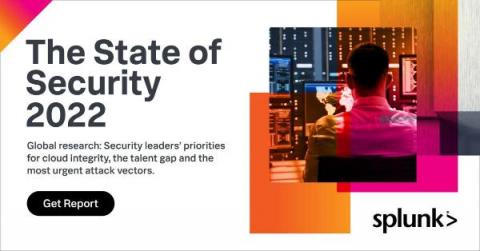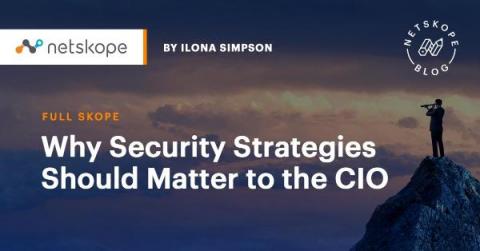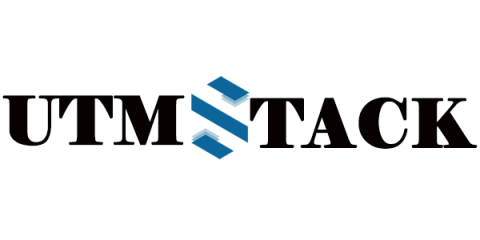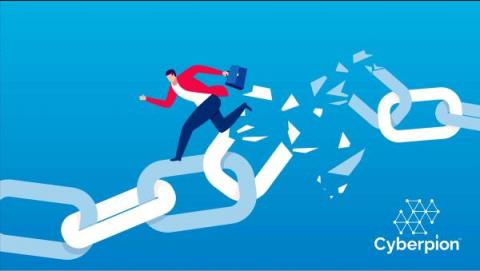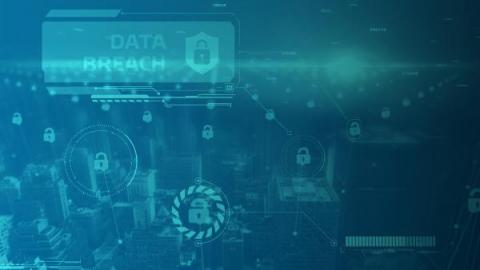Join the red team: Why every business should adopt an adversarial mindset
Netacea CTO Andy Still was recently joined on the Cybersecurity Sessions podcast by Jonathan Echavarria, an offensive security expert and Enterprise Architect at ReliaQuest. Jonathan shared his perspectives and philosophies around offensive security and what he gained from his time being part of a ‘red team’ at Facebook. Let’s recap some of the insights Andy discussed with Jonathan.



